The Morane Parasol was one of the most famous aircraft at the start of the Great War. It was flown by practically every belligerent, even the Germans built them under license.
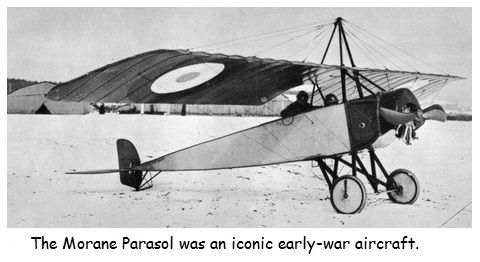
It's no wonder that this brilliant design would spawn imitators. The good people at Nieuport were no different, but unfortunately, the Morane firm got wise and sued for patent infringement. Nieuport argued they'd been inspired by sources other than the famous Morane Parasol.
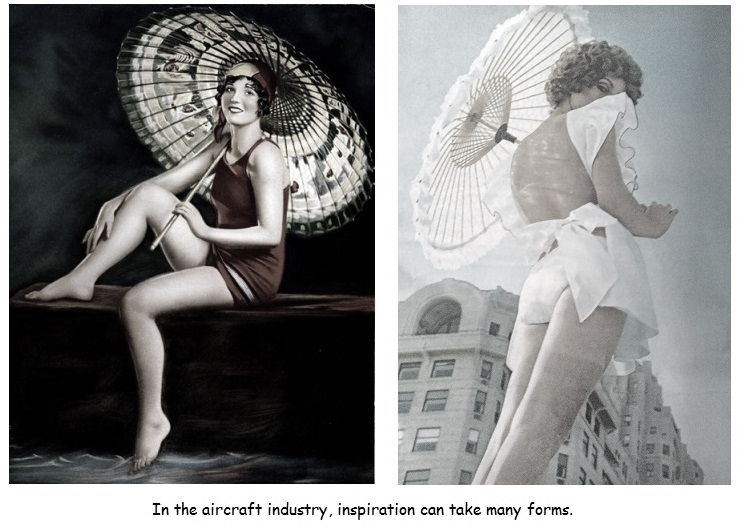
After all, parasols were the feminine fashion statement of the era. Still, while the lawsuit wound its way through the Byzantine French Civil Court, Nieuport could not produce its parasol indigenously. Fortunately, the Russian branch, Nieuportski of Novogorod, was free from such restrictions.
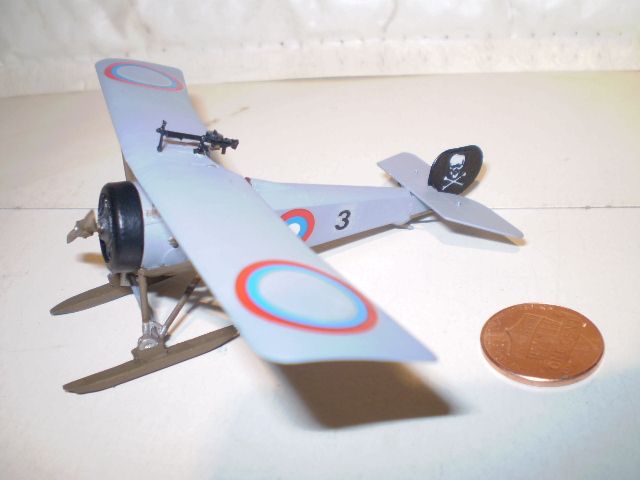
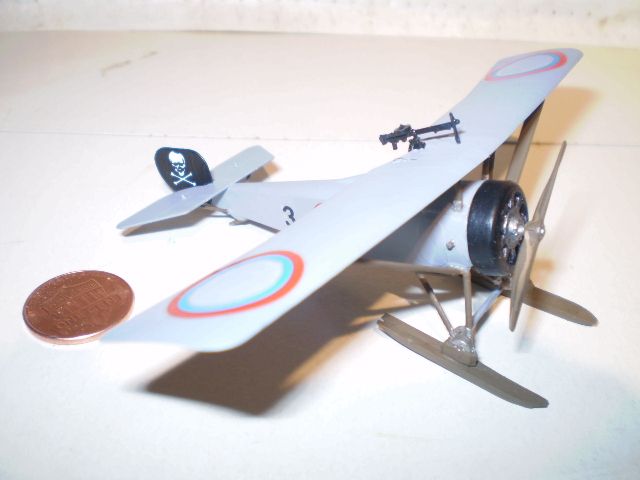
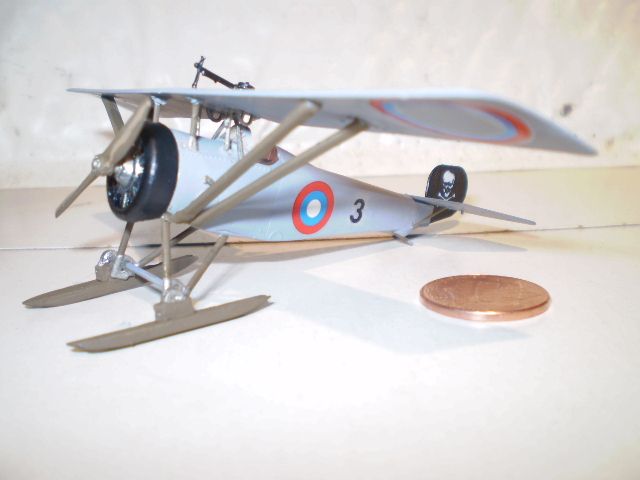
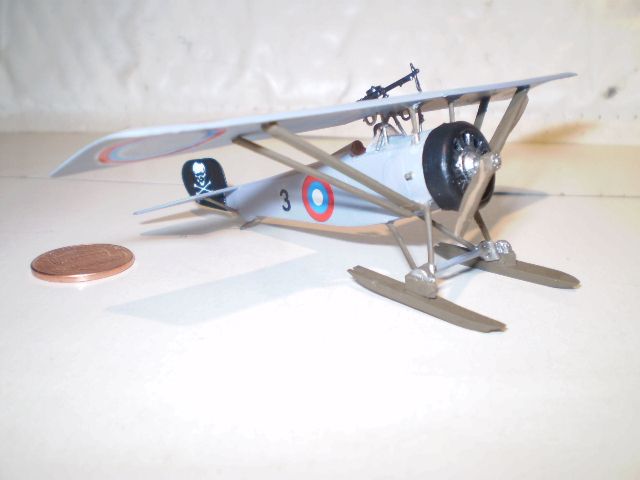
The Russian Imperial Air Service suffered from a lack of modern aircraft throughout the Great War. However, between 1915-1917, the Nieuportski Parasol was one bright spot. Maneuverable and easy to fly, it was armed with a 7.96 mm drum-fed SHSKSHSKA machine gun on top of the wing, angled to miss the propeller.
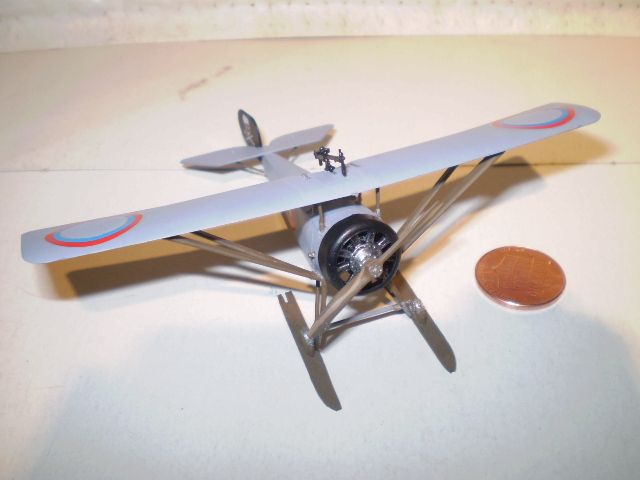
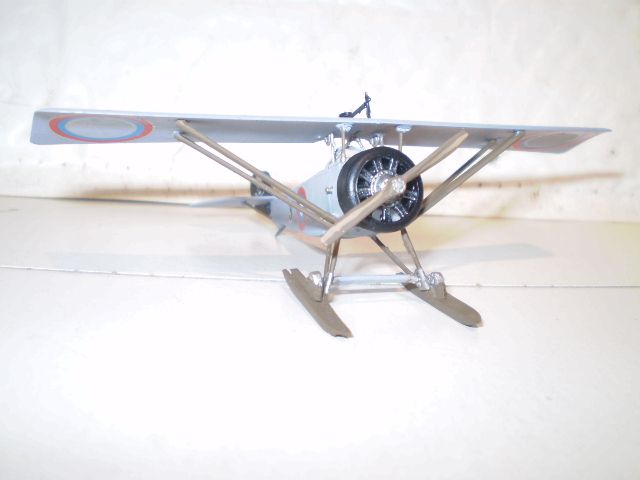
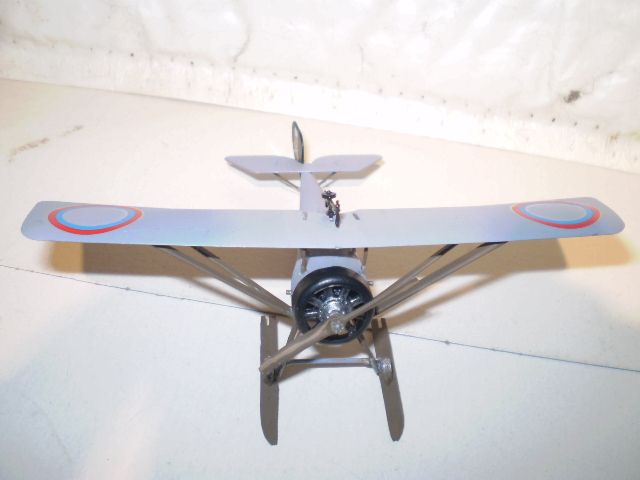
While widely-used by the entire Russian Imperial Air Service for pursuit, ground attack, recon and fetching the Colonel-General's brandy & cigars, it was most famously flown by the 13th Air Pursuit Battalion otherwise known as the "Near Death's Head" squadron.

Their fearsome skull and crossbones rudder markings came to public notice in the January edition of Russian Motherland Today magazine. The translated article and photographs were widely re-printed in the west and the "Near Death's Head" squadron became one of the most famous of the entire conflict.
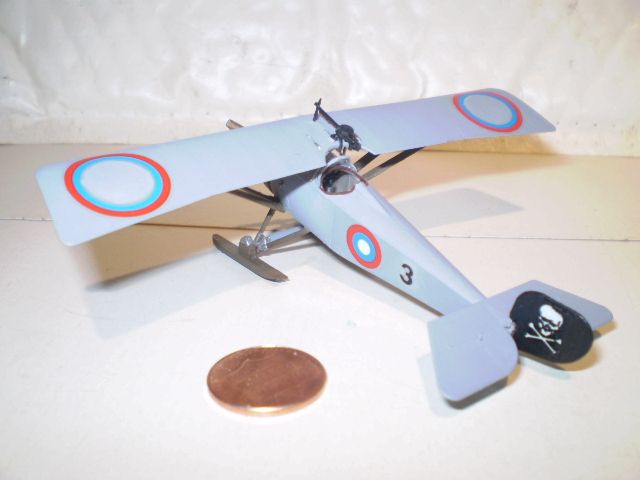
Neither the Nieuportski Parasol nor the 13th Air Pursuit Battalion "Near Death's Head" squadron would survive the war. All that is left today besides this crude model are grainy black and white photos which continue to confound those members of the W.W. I modeling community obsessed with color accuracy.
Brian da Basher